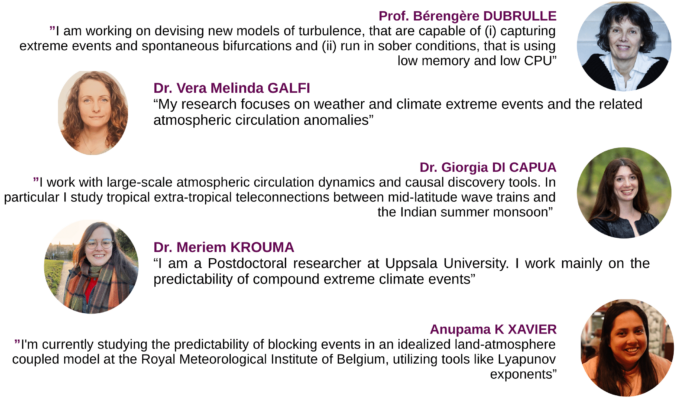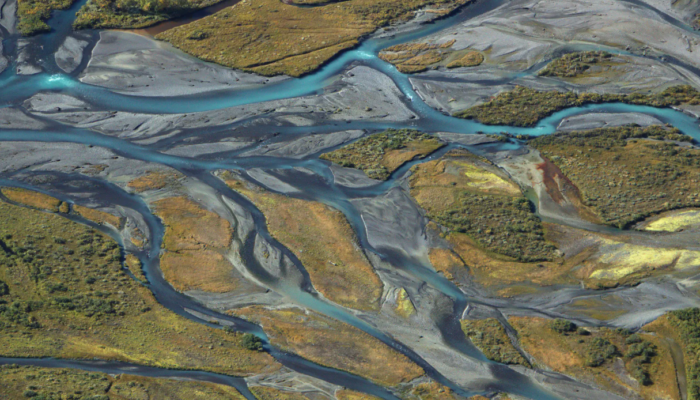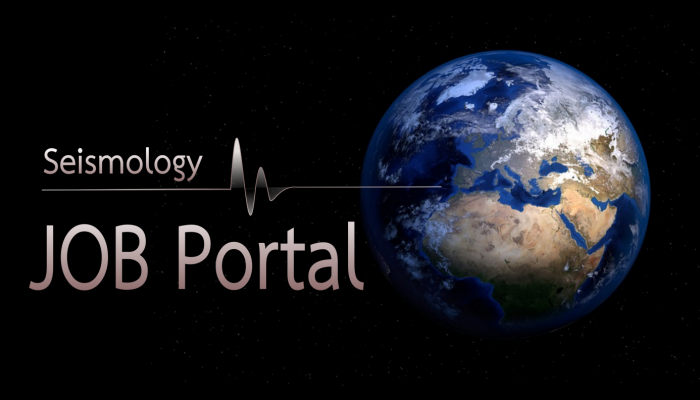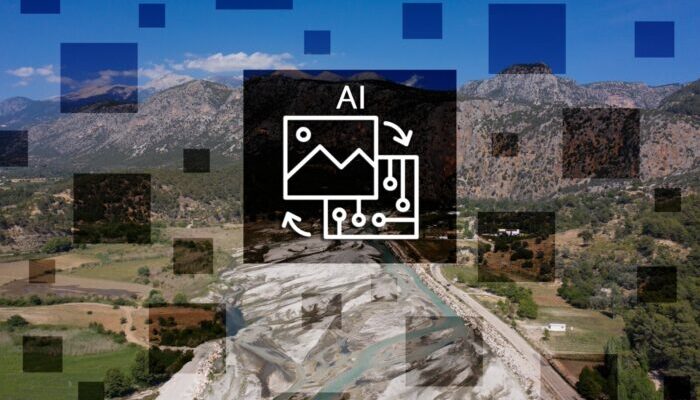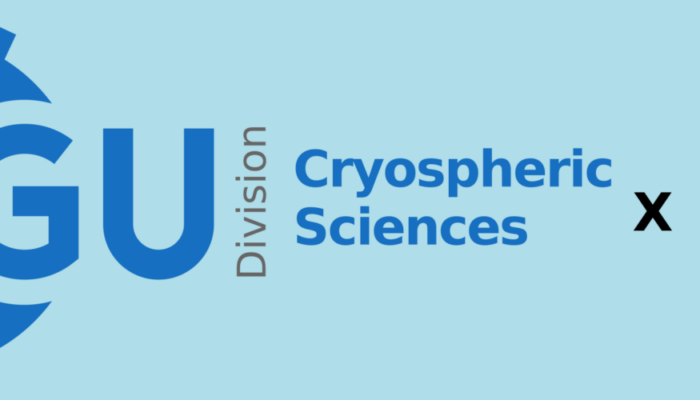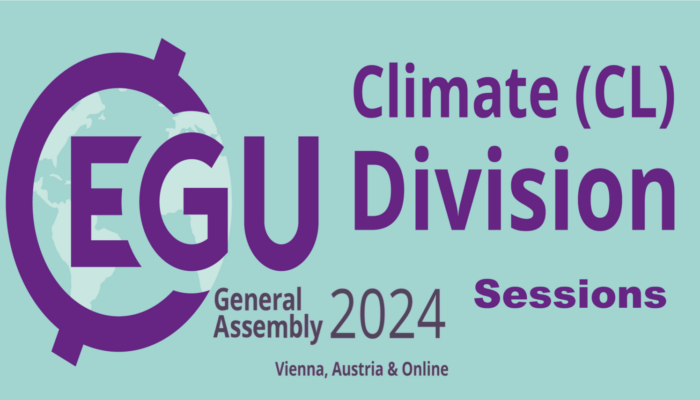In celebration of Women in Science day, we delve into the experiences and insights of five accomplished women scientists in the field of Nonlinear Processes in Geosciences: Prof. Bérengère Dubrulle, Dr. Vera Melinda Galfi, Dr. Giorgia di Capua, Dr. Meriem Krouma, and Anupama K Xavier. Through a series of interviews, these women share their journeys, addressing challenges faced as women in science, ...[Read More]
Geodesy
High resolution terrestrial water storage changes from combination of GRACE and models
The Gravity Recovery and Climate Experiment (GRACE) satellite mission (2002-2017) consisted of two satellites at ~500 km altitude separated by 200 km, following each other in the same orbit. The distance between the two GRACE satellites changes because of the gravitational pull of the masses beneath the satellites. As such, mass changes at or near the Earth’s surface caused variations in the dista ...[Read More]
Geodynamics
Animating the past using numerical modeling
The human lifespan is too short compared to the geological time. To comprehend long-term phenomena, numerical modeling emerges as an imperative approach. But, there are several ways for visualizing the output of these models. Among these, animations stand out as a powerful tool, allowing us to watch the dynamic evolution of our planet over geological epochs like a movie. Our lives are too short co ...[Read More]
Hydrological Sciences
Meet the Hydrological Sciences (HS) Early Career Scientist (ECS) Team
Who Are We? At the forefront of hydrology’s fascinating world, there is a dynamic group of young scientists passionate about understanding the complexities of water in all its forms: The HS Early Career Scientists (ECS) from the European Geosciences Union (EGU). The HS ECS team is a heterogeneous, multidisicplinary and devoted group of passionate individuals from diverse geographical locations wo ...[Read More]
Seismology
Seismology Job Portal
On this page, we regularly update open positions in Seismology for early career scientists. Do you have a job on offer? Contact us at ecs-sm@egu.eu Please, note that other available research positions are displayed on the EGU Jobs Portal. Latest open positions: Postdoctoral Fellow (Earthquake Hazards) Institute: The University of Texas Institute for Geophysics (UTIG) Starting: January 2024 ...[Read More]
Natural Hazards
New Era of AI: How can foundation models help disaster risk reduction?
In recent decades, AI-based methods have increasingly been adopted to tackle various problems in the field of natural hazards. The escalation of climate change has fuelled the complexity of tasks within the field of disaster risk reduction, such as capturing the formation of an extreme event timely to evacuate an area at risk. In this context, with the greater availability of data and computerised ...[Read More]
Tectonics and Structural Geology
TS Must-Read – Bürgmann and Dresen (2008): Rheology of the Lower Crust and Upper Mantle: Evidence from Rock Mechanics, Geodesy and Field Observations
In 2008 Roland Bürgmann and Georg Dresen published their Must-Read paper on the rheology of the lower crust and upper mantle, based on findings from the lab, the field and space. As stated in the introduction, “rheology is the study of the flow and deformation of all forms of matter,” and as such the rheology of the Earth’s lower crust and upper mantle is closely linked to the evolution and deform ...[Read More]
Cryospheric Sciences
Ice-Hot News – You have a “cool” new Policy Point of Contact in the Cryosphere Division!
At the 2023 EGU General Assembly, our cryosphere division members all voted “YES!” to have a division policy point of contact! If you’re wondering how to engage in science policy at our division level, what a division policy officer does, who was named and what happened next… This blog post should answer a lot of these questions (or I hope)! First off, a little history about how policy officers ca ...[Read More]
Hydrological Sciences
Do-It-Yourself (DIY) in Geoscience Miniseries – Part 2: Sensors & Electronics
As a child, I was a huge fan of LEGO. I would spend hours building and creating structures, vehicles and landscapes. For every birthday & Christmas, I wished for the newest sets of these colorful plastic bricks. While building the sets manually was fun, creating something new from my own fantasy was even better. It seemed like once I had a substantial amount of different bricks, combination po ...[Read More]
Climate: Past, Present & Future
Spotlighting the Climate Division’s sessions for EGU24
Dear community of climate enthusiasts and EGU lovers, We know that being part of the EGU is not just about staying in the loop with the latest geoscience works – especially when it comes to our all-time favorite realm of sciences: climate sciences 🤩. It is also an amazing opportunity to spark exciting collaborations and expand your network with scientists from all over Europe and the world. EGU is ...[Read More]

